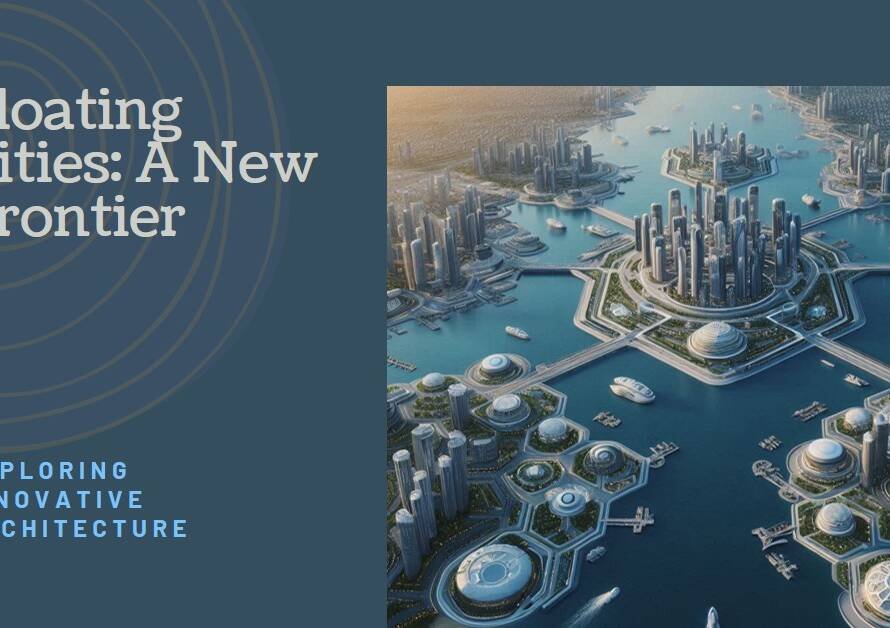
Table of Contents
- Introduction to Environmental Design and Architecture
- Defining Environmental Design
- Core Principles of Architecture
- The Role of Sustainability
- Interdisciplinary Approaches
- Practical Applications and Projects
- Education and Training
- Career Opportunities
- Challenges and Future Directions
- Conclusion: Bridging the Gap
Introduction to Environmental Design and Architecture
Environmental design and architecture are two distinct yet intertwined fields that significantly impact our built environment. While they share common goals, such as creating functional and aesthetically pleasing spaces, they diverge in their focus, methods, and outcomes. Understanding these differences is crucial for professionals, students, and enthusiasts alike.
Environmental design emphasizes the holistic integration of human needs with environmental sustainability. It goes beyond mere aesthetics to encompass ecological, social, and economic considerations. Architecture, on the other hand, traditionally focuses on the art and science of building design, balancing form and function to create spaces that are both practical and visually appealing. This blog post delves into the nuances of both fields, highlighting their unique attributes and intersections.
Defining Environmental Design
Environmental design is a broad discipline that integrates various aspects of design, science, and sociology to create spaces that are harmonious with their surroundings. It seeks to minimize the negative impact of buildings on the environment through sustainable practices and materials.
Central to environmental design is the principle of sustainability. This involves using resources efficiently, reducing waste, and creating buildings that are energy-efficient and environmentally friendly. Environmental designers often work on projects that include green buildings, urban planning, and landscape architecture, focusing on creating environments that promote well-being and sustainability.
Core Principles of Architecture
Architecture, while also concerned with the environment, traditionally places greater emphasis on the aesthetic and functional aspects of buildings. Architects design structures that not only serve practical purposes but also inspire and delight through their form and appearance.
Functionality and aesthetics are the twin pillars of architecture. Architects must consider the needs of the users, the purpose of the building, and the context in which it exists. This involves a deep understanding of materials, structural integrity, and spatial dynamics. Architectural design is as much about creating spaces that are safe and efficient as it is about crafting visually striking structures.
The Role of Sustainability
In recent years, sustainability has become a crucial consideration in both environmental design and architecture. However, the approach and emphasis differ between the two fields. Environmental designers prioritize sustainability as a core component of their projects from inception to completion.
In contrast, architects often incorporate sustainable practices as part of a broader design strategy. This might include using green materials, implementing energy-efficient systems, or designing for natural light and ventilation. While sustainability is important, it is one of many factors that architects balance to achieve their overall design goals.
Interdisciplinary Approaches
Environmental design is inherently interdisciplinary, drawing on fields such as ecology, sociology, and urban planning. This broad approach allows environmental designers to address complex challenges related to sustainability and human well-being. They work closely with other professionals, including ecologists, engineers, and urban planners, to develop comprehensive solutions.
Architecture, while also collaborative, tends to focus more on the artistic and technical aspects of building design. Architects often work with engineers, interior designers, and construction professionals to bring their visions to life. The interdisciplinary nature of architecture is more about integrating different aspects of building construction and aesthetics rather than addressing broader environmental issues.
Practical Applications and Projects
Environmental design projects often include large-scale urban planning, landscape architecture, and the creation of public spaces. These projects are designed to improve the quality of life for communities while minimizing environmental impact. Examples include sustainable city planning, green infrastructure, and community gardens.
Architectural projects, on the other hand, range from residential homes to commercial buildings and iconic landmarks. Architects are involved in designing spaces that meet specific needs, whether it’s a family home, a corporate office, or a cultural institution. The focus is on creating buildings that are functional, safe, and visually compelling.


Education and Training
The educational paths for environmental design and architecture reflect their differing focuses. Environmental design programs often emphasize sustainability, ecological principles, and interdisciplinary collaboration. Students learn about sustainable materials, environmental impact assessment, and urban ecology, preparing them to tackle complex environmental challenges.
Architecture programs, meanwhile, focus on design principles, technical skills, and creative problem-solving. Students study subjects such as structural engineering, architectural history, and computer-aided design (CAD). The goal is to equip future architects with the skills needed to create innovative and functional buildings.
Career Opportunities
Career opportunities in environmental design are diverse and expanding, particularly as the demand for sustainable solutions grows. Environmental designers can work in urban planning, landscape architecture, environmental consulting, and sustainable development. Their skills are in demand across both public and private sectors.
Architects, traditionally, have a more defined career path, often working in architectural firms, construction companies, or as independent consultants. They might specialize in residential, commercial, or institutional design, and their expertise is essential in bringing complex building projects to fruition.
Challenges and Future Directions
Both environmental design and architecture face significant challenges in today’s rapidly changing world. Environmental designers must navigate the complexities of climate change, urbanization, and resource depletion. Their work is critical in developing sustainable solutions that can mitigate environmental impacts and enhance community resilience.
Architects, while also grappling with these issues, face additional challenges related to innovation and technology. The rise of smart buildings, new construction materials, and digital design tools are transforming the field. Architects must stay abreast of these developments to create buildings that are not only beautiful but also technologically advanced and sustainable.
Conclusion: Bridging the Gap
While environmental design and architecture have distinct focuses and methodologies, they are complementary fields. Both are essential in creating spaces that are functional, aesthetically pleasing, and sustainable. By understanding and appreciating their differences, professionals in both fields can collaborate more effectively, leading to innovative solutions that address the complex challenges of our time.
In conclusion, the relationship between environmental design and architecture is one of synergy and mutual benefit. As we move towards a more sustainable future, the integration of environmental considerations into architectural practice will become increasingly important. By bridging the gap between these disciplines, we can create a built environment that is both beautiful and sustainable, enhancing the quality of life for all.



